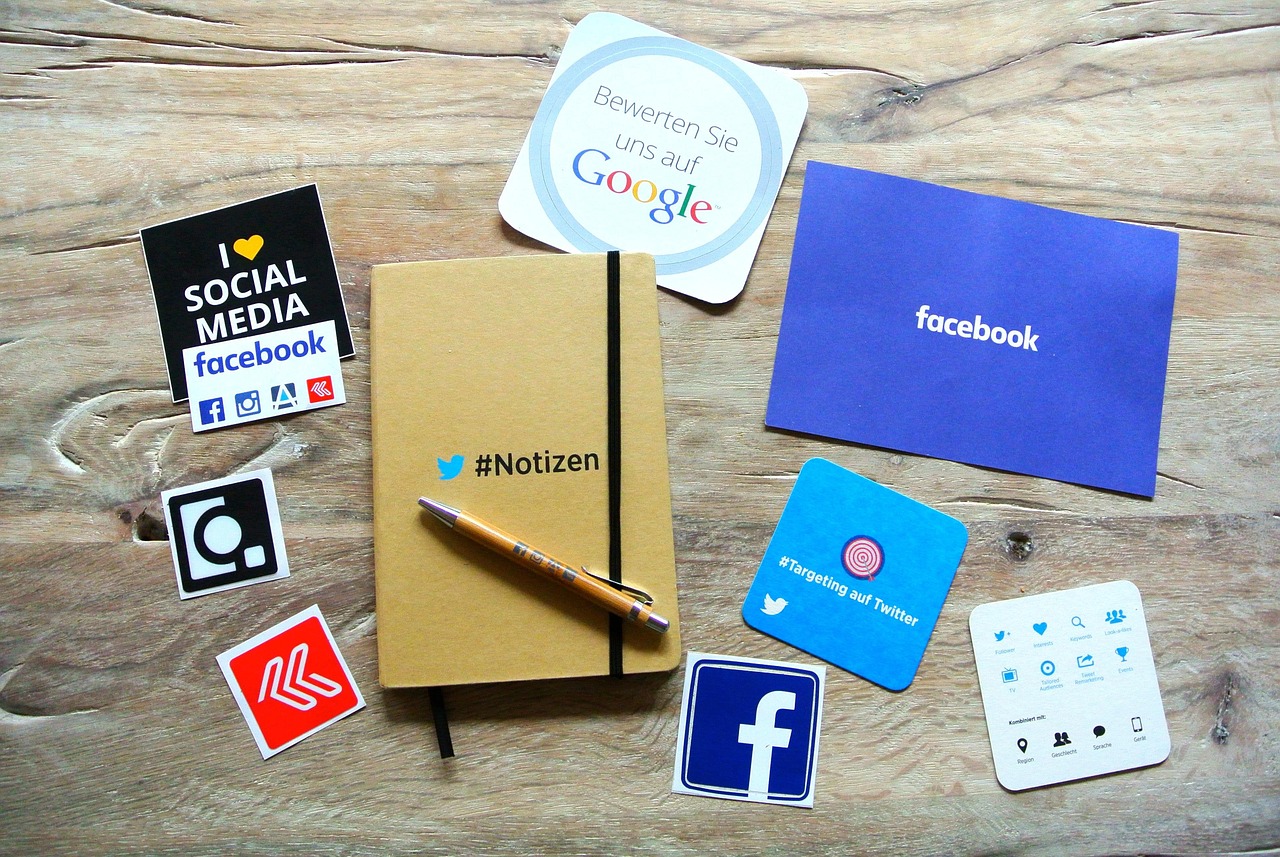Unlocking the power of human emotion from text and speech might sound like science fiction, but with AI-powered sentiment analysis, it’s now a powerful reality. Businesses and organizations across the globe are leveraging this technology to understand their customers better, improve their products and services, and gain a competitive edge. But what exactly is AI sentiment analysis, and how does it work? Let’s dive into the world of emotional intelligence in the digital age.
What is AI Sentiment Analysis?
Definition and Core Concepts
AI sentiment analysis, also known as opinion mining, is a branch of Natural Language Processing (NLP) that utilizes machine learning techniques to determine the emotional tone or attitude expressed in a piece of text or speech. It automates the process of identifying whether the sentiment is positive, negative, or neutral, and can even delve into more granular emotions like joy, anger, sadness, or fear.
- NLP (Natural Language Processing): The foundation of sentiment analysis, enabling computers to understand and process human language.
- Machine Learning (ML): Algorithms are trained on large datasets of text labeled with sentiment, allowing the system to learn patterns and predict sentiment in new, unseen text.
- Sentiment Polarity: The classification of text as positive, negative, or neutral.
- Sentiment Intensity: Measures the strength or degree of sentiment. For example, “good” versus “fantastic.”
- Aspect-Based Sentiment Analysis (ABSA): Focuses on identifying the sentiment towards specific aspects or features of a product or service.
How AI Sentiment Analysis Works
The typical AI sentiment analysis process involves several steps:
Bag-of-Words (BoW): Represents text as a collection of words, disregarding grammar and word order.
TF-IDF (Term Frequency-Inverse Document Frequency): Weighs words based on their frequency in the document and their inverse frequency across the entire corpus.
Word Embeddings (e.g., Word2Vec, GloVe, BERT): Represents words as vectors in a multi-dimensional space, capturing semantic relationships between words.
Naive Bayes: A probabilistic classifier based on Bayes’ theorem.
Support Vector Machines (SVM): A powerful algorithm for separating data into different classes.
Recurrent Neural Networks (RNNs) and Transformers (e.g., BERT, RoBERTa): Deep learning models that excel at capturing sequential information in text.
Benefits of Using AI Sentiment Analysis
Improved Customer Understanding
AI sentiment analysis allows businesses to tap into the collective voice of their customers and gain a deeper understanding of their needs, preferences, and pain points.
- Monitor Brand Reputation: Track how customers perceive your brand across different channels.
- Identify Customer Concerns: Pinpoint specific issues that are causing dissatisfaction.
- Personalize Customer Experiences: Tailor marketing messages and customer service interactions based on individual sentiment.
- Product Improvement: Gain insights into which product features customers love or hate.
- Example: A restaurant chain can use sentiment analysis to analyze online reviews and social media mentions to identify complaints about slow service at a specific location. This allows them to take corrective action and improve the customer experience.
Enhanced Marketing Effectiveness
By understanding the emotional impact of marketing campaigns, businesses can optimize their strategies and increase their ROI.
- Optimize Ad Copy: Analyze the sentiment evoked by different ad variations to determine which resonates best with the target audience.
- Personalize Email Marketing: Segment customers based on their sentiment and tailor email content accordingly.
- Measure Campaign Performance: Track the sentiment generated by a marketing campaign to gauge its effectiveness.
- Example: An e-commerce company can use sentiment analysis to identify customers who are dissatisfied with a recent purchase and send them a personalized apology email with a discount code, turning a negative experience into a positive one.
Efficient Market Research
Automated sentiment analysis can significantly streamline market research efforts, allowing businesses to gather insights more quickly and efficiently.
- Analyze Social Media Trends: Identify trending topics and sentiments related to your industry.
- Monitor Competitor Activity: Track the sentiment surrounding your competitors’ products and services.
- Identify Emerging Opportunities: Discover unmet customer needs and new market segments.
- Example: A cosmetics company can use sentiment analysis to analyze social media conversations about makeup trends and identify a growing demand for sustainable beauty products, allowing them to develop new products that cater to this market.
Proactive Issue Management
Early detection of negative sentiment can help businesses address potential issues before they escalate into major crises.
- Identify Customer Complaints: Proactively identify and respond to negative feedback.
- Monitor Social Media for Negative Mentions: Detect and address potential PR crises before they spread.
- Improve Customer Service: Provide timely and effective support to customers who are expressing negative sentiment.
- Example: A telecommunications company can use sentiment analysis to monitor social media for complaints about network outages and proactively inform affected customers about the issue and estimated time of resolution, mitigating potential frustration.
Practical Applications of AI Sentiment Analysis
Social Media Monitoring
One of the most common applications of sentiment analysis is monitoring social media to track brand reputation, identify trending topics, and gauge public opinion. Tools like Brandwatch and Hootsuite Insights offer integrated sentiment analysis capabilities.
- Brand Monitoring: Track mentions of your brand, products, and competitors.
- Influencer Identification: Identify influencers who are positively or negatively impacting your brand.
- Crisis Management: Detect and respond to negative mentions before they escalate.
- Example: During the launch of a new product, a company can monitor social media for mentions of the product and analyze the sentiment to identify any potential issues or areas for improvement.
Customer Service
Sentiment analysis can be used to prioritize customer service requests and provide more personalized support.
- Ticket Prioritization: Route urgent tickets with negative sentiment to the top of the queue.
- Agent Training: Analyze customer interactions to identify areas where agents can improve their communication skills.
- Automated Responses: Generate automated responses to common customer inquiries based on sentiment.
- Example: An airline can use sentiment analysis to prioritize customer service requests from passengers who have experienced flight delays or cancellations, ensuring that their issues are addressed promptly.
Product Feedback Analysis
Gathering and analyzing customer feedback is crucial for product improvement. Sentiment analysis can automate this process and provide valuable insights.
- Analyze Customer Reviews: Identify the key features that customers like or dislike.
- Track Product Performance: Monitor changes in sentiment over time to assess the impact of product updates.
- Identify Bugs and Issues: Detect patterns in negative feedback that may indicate underlying bugs or technical issues.
- Example: A software company can use sentiment analysis to analyze user reviews of its mobile app and identify complaints about a specific feature, allowing them to prioritize bug fixes and improve the user experience.
Market Research and Competitive Analysis
Sentiment analysis can provide valuable insights into market trends and competitor performance.
- Analyze Competitor Reviews: Identify the strengths and weaknesses of your competitors’ products.
- Track Market Trends: Monitor changes in sentiment related to specific industries or product categories.
- Identify Emerging Opportunities: Discover unmet customer needs and new market segments.
- Example: A food delivery service can use sentiment analysis to analyze reviews of its competitors and identify areas where it can differentiate itself, such as offering faster delivery times or more diverse menu options.
Challenges and Limitations of AI Sentiment Analysis
Contextual Understanding
AI sentiment analysis algorithms can sometimes struggle with contextual understanding and sarcasm.
- Sarcasm and Irony: Detecting sarcasm and irony requires a deep understanding of human language and culture, which can be challenging for AI models.
- Ambiguity: The same word can have different meanings depending on the context.
- Cultural Differences: Sentiment can vary across different cultures and languages.
- Example: The statement “This is just great!” can be either positive or negative depending on the context and tone of voice.
Data Bias
If the training data is biased, the sentiment analysis model may produce inaccurate results.
- Sampling Bias: The training data may not be representative of the overall population.
- Labeling Bias: The labels assigned to the training data may be subjective or inaccurate.
- Algorithmic Bias: The machine learning algorithm itself may be biased towards certain types of data.
- Example: If a sentiment analysis model is trained primarily on data from one demographic group, it may not accurately classify the sentiment of users from other demographic groups.
Language Complexity
Complex sentence structures and the use of figurative language can pose challenges for sentiment analysis algorithms.
- Negation: Detecting and interpreting negation can be difficult.
- Figurative Language: Metaphors, similes, and other forms of figurative language can be challenging for AI models to understand.
- Idioms: Idiomatic expressions have meanings that are different from the literal meanings of the individual words.
- Example:* The statement “This is not bad” actually expresses a positive sentiment, but a simple sentiment analysis algorithm might misinterpret it as negative.
Conclusion
AI sentiment analysis has emerged as a powerful tool for businesses seeking to understand their customers, optimize their marketing efforts, and improve their products and services. By automating the process of identifying and analyzing emotions in text and speech, sentiment analysis provides valuable insights that can drive better decision-making and improve business outcomes. While there are challenges and limitations to consider, the benefits of leveraging AI sentiment analysis are undeniable. As AI technology continues to evolve, we can expect sentiment analysis to become even more sophisticated and integrated into various aspects of business operations. The ability to understand and respond to customer emotions is a critical component of success in today’s competitive landscape.




